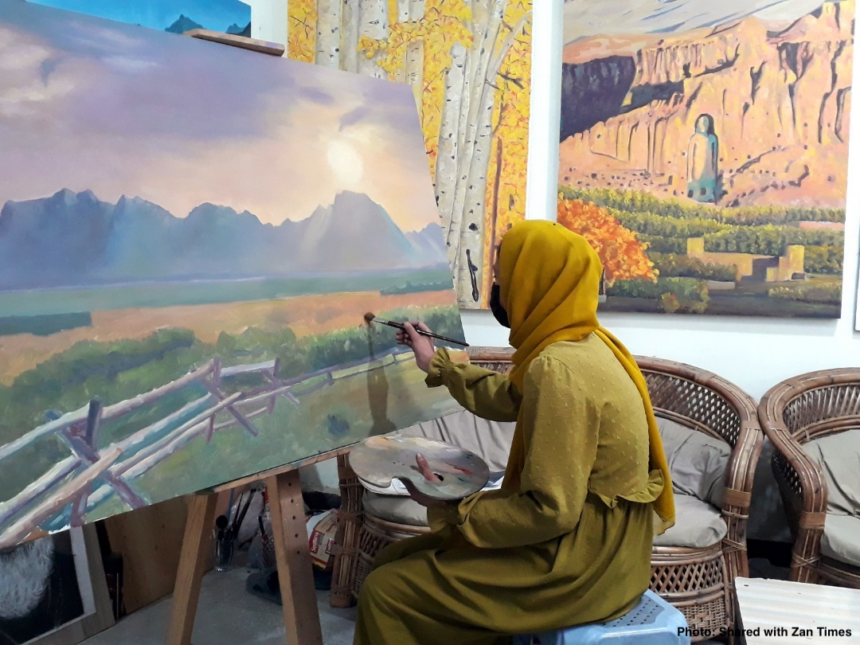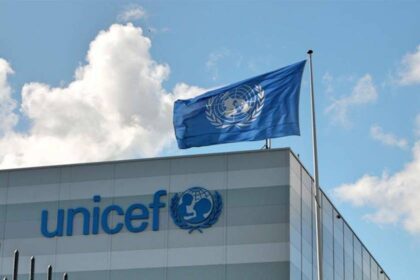RASC News Agency: As the international community commemorates World Art Day, the artistic landscape in Afghanistan remains deeply constrained and precarious. Since the Taliban’s return to power in August 2021, artistic expression in the country has faced unparalleled restrictions, amounting to a near-total suppression of cultural life. Afghanistani artists, both at home and in exile, continue to voice alarm over the increasingly stifling atmosphere imposed on the creative community. In the aftermath of the Taliban’s resurgence, cultural institutions have been dismantled and artistic activities broadly criminalized. Music, among the first casualties of these sweeping prohibitions, has effectively disappeared from the public sphere. Art education in schools and academic institutions has been banned or severely limited, and platforms for artistic expression such as galleries, theaters, cultural programs, and cinema have been shuttered nationwide.
The situation is especially dire for female artists. Under the Taliban’s rigid policies, women have been entirely excluded from artistic participation. This exclusion has had a profound impact not only on creative output, but also on freedom of expression and the transmission of cultural heritage within Afghanistan. In response to escalating repression, many Afghanistani artists have been compelled to flee the country. As a result, fragments of Afghanistan’s artistic expression have migrated across borders, now emerging in the form of international exhibitions, concerts, films, and cultural forums.
Zainab (a pseudonym), an Afghanistani painter now residing in Iran, shared her reflections:
“Art has always symbolized hope and illumination for the Afghanistani people. But today, the Taliban have targeted that very hope. Every form of artistic expression even a mural or a piece of folk music is scrutinized and treated as a crime.” Artists in exile confront numerous challenges: the loss of professional status, limited access to resources and institutional support, and the absence of a structured market for diaspora art. Cultural dislocation, language barriers, and the emotional toll of exile further complicate their ability to create. In addition to economic hardship, many report institutional indifference in host countries. Nevertheless, they persevere committed to preserving cultural identity and sustaining the stories of their homeland.
These artistic efforts not only maintain the visibility of Afghanistani voices but also offer the global community a critical window into the nation’s cultural and social conditions, which are increasingly hidden from view. This year, World Art Day arrives in Afghanistan amid the threat of complete artistic erasure. Human rights and cultural organizations have repeatedly sounded the alarm over the Taliban’s systematic assault on cultural freedoms. Freshta (a pseudonym), a female artist living under Taliban rule in Kabul, says that continuing her artistic practice has become nearly impossible. A former painter and designer, she now works in secret.
“Every time I pick up my brush, I tremble,” she says. “Not just because of the Taliban, but from the fear that one day the art inside me will fall silent.”
Freshta is banned from attending exhibitions and cannot share her work online. While many of her colleagues have sought refuge abroad, she remains in Kabul.
“I want to keep this small flame of art alive in the darkness,” she says, “even if it’s just within the walls of one small room.” Yet, despite these realities, no robust or enduring support mechanisms have been established to assist Afghanistani artists or safeguard the country’s imperiled artistic heritage.
World Art Day should not merely serve as a ceremonial occasion but as a call to action. It is a moment to reaffirm the vital role of art in preserving a nation’s identity and to demand international solidarity with those who, under censorship and threat, continue to fight for the right to create.






